Facts about ancient babylonian astronomy
Ancient Babylon was a hub of innovation, especially when it came to the stars. The Babylonians were among the first to systematically observe the night sky.
With a deep curiosity about celestial phenomena, they laid the groundwork for what would become the field of astronomy. Their observations were not just for scientific pursuits; they believed the heavens held profound significance for their lives.
The Birthplace of Astronomical Observations
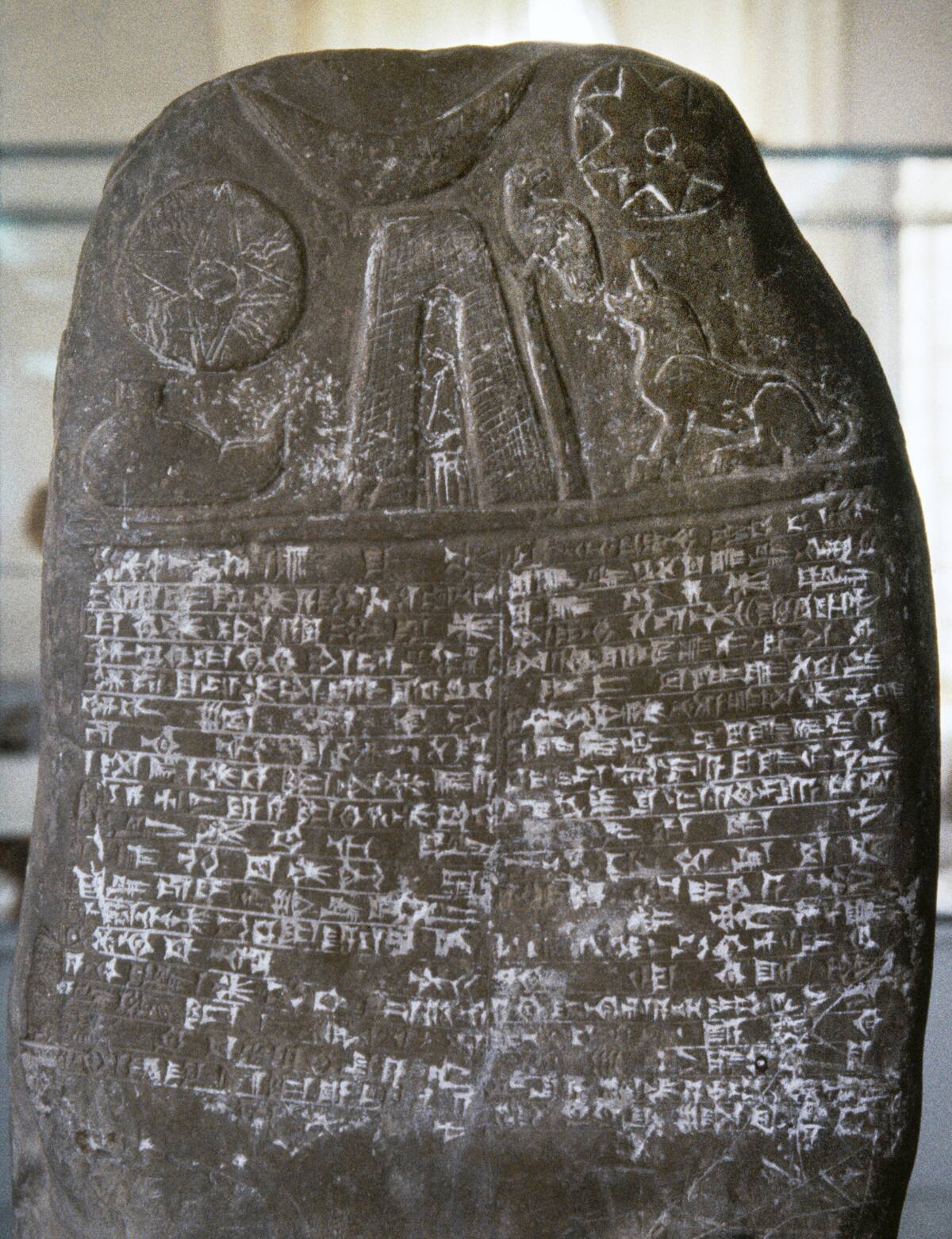
Babylon’s location in Mesopotamia offered clear skies and an ideal vantage for star-gazing. This region saw some of the earliest recorded astronomical observations, dating back to the early 2nd millennium BCE.
The Babylonians meticulously noted the positions of stars and planets, contributing to our understanding of celestial cycles. Their efforts marked the beginning of systematic astronomy.
The Significance of Babylon in Astronomical History
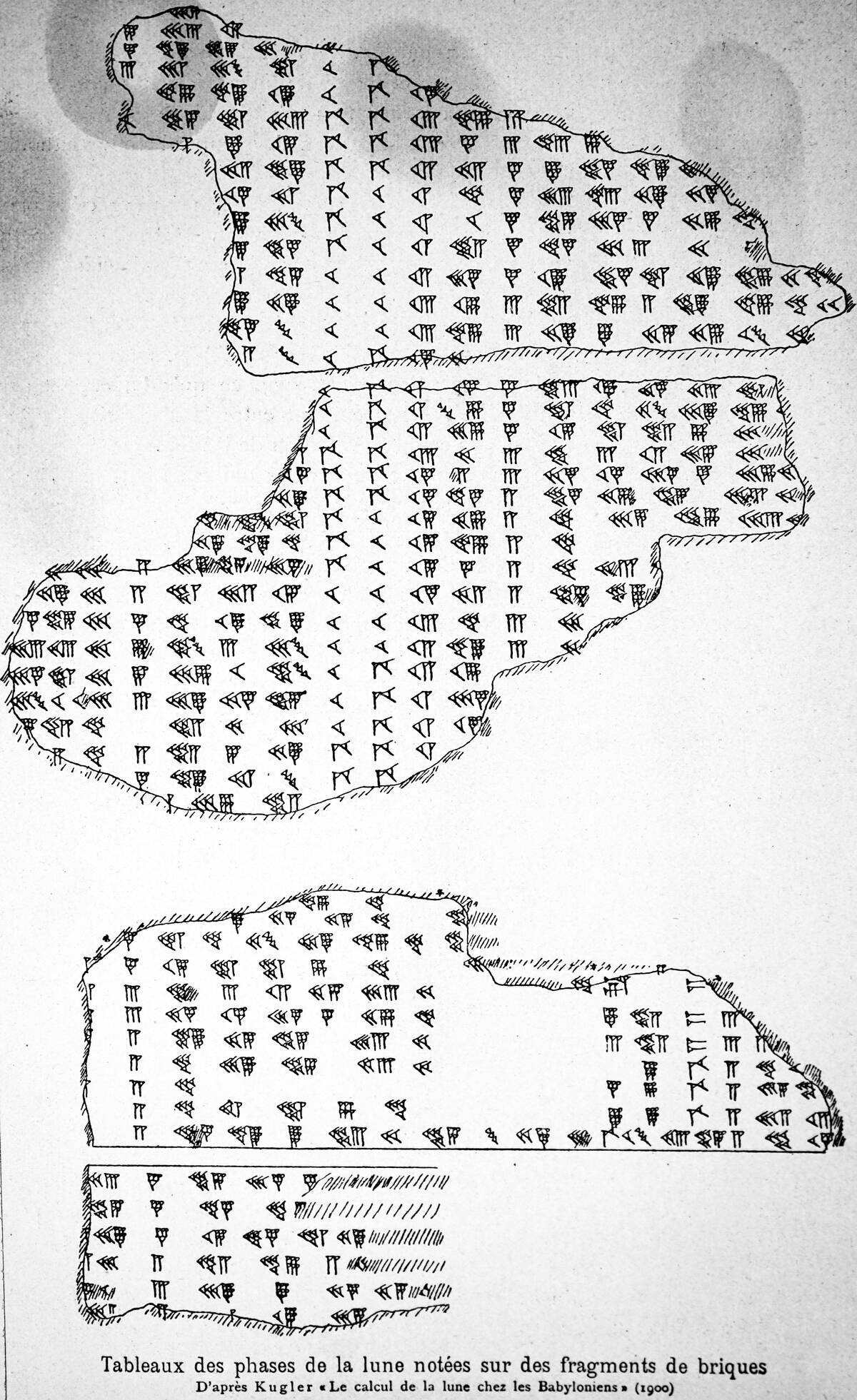
Babylon’s contributions to astronomy were monumental, establishing it as a cornerstone of ancient science. The city was a melting pot of knowledge, where scholars exchanged ideas and refined their understanding of the cosmos.
This intellectual environment fostered advancements that influenced later cultures, cementing Babylon’s place in history as a cradle of astronomical thought.
The Ziggurats: Ancient Observatories of Babylon

The towering ziggurats of Babylon served not only as temples but also as observatories. These massive structures offered a vantage point for priests and astronomers to study the skies.
From atop these platforms, they could track the movements of celestial bodies, using their observations to guide agricultural and religious practices. The ziggurats symbolized the link between the heavens and the earth.
The Babylonians and Their Celestial Deities
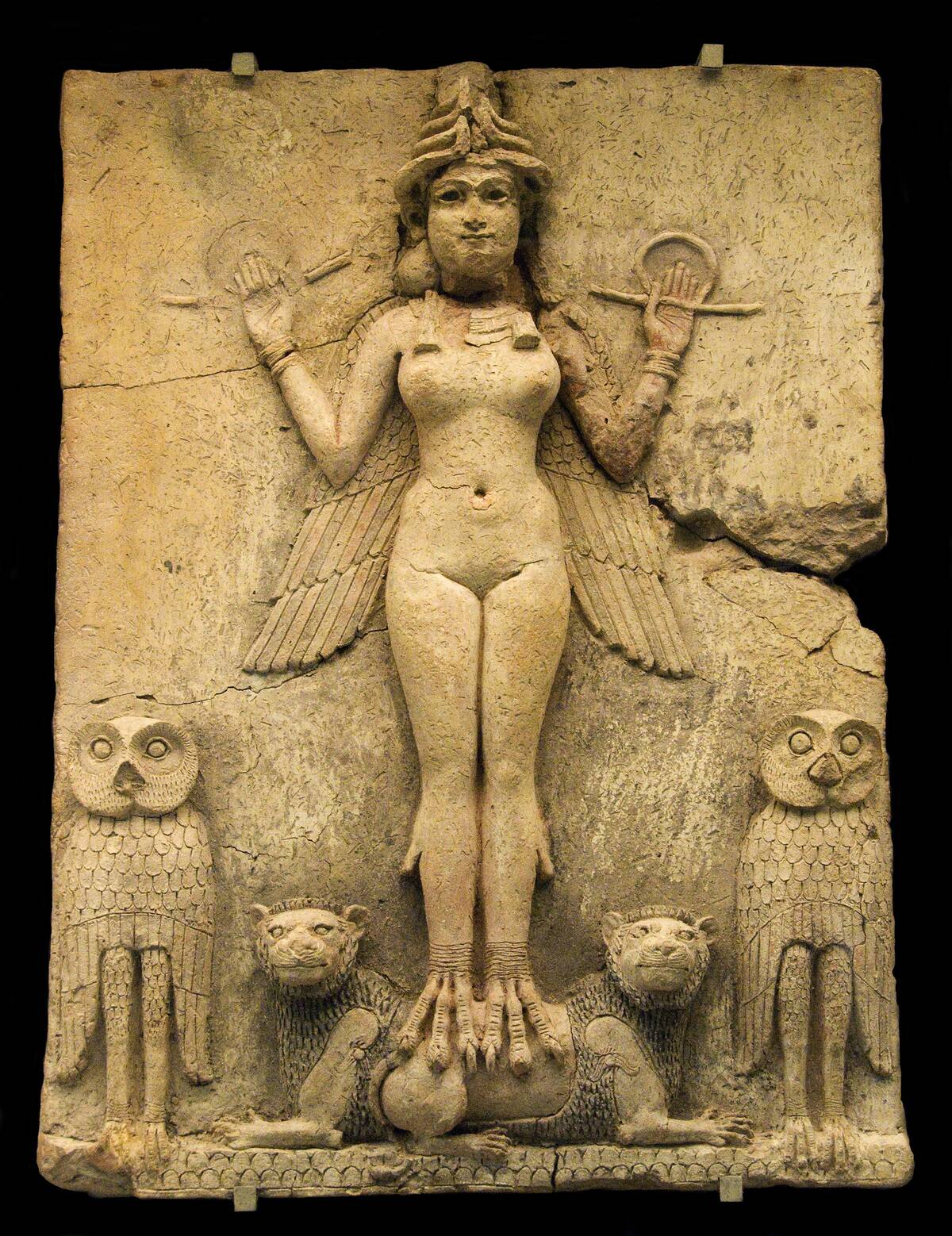
In Babylonian culture, the skies were home to powerful deities. Celestial bodies were often associated with gods and goddesses, each with their own domain and influence.
For instance, the planet Venus was linked to the goddess Ishtar, revered for her beauty and power. These divine associations underscored the Babylonians’ belief in the interconnectedness of the cosmos and human affairs.
The Role of Astrology in Babylonian Astronomy
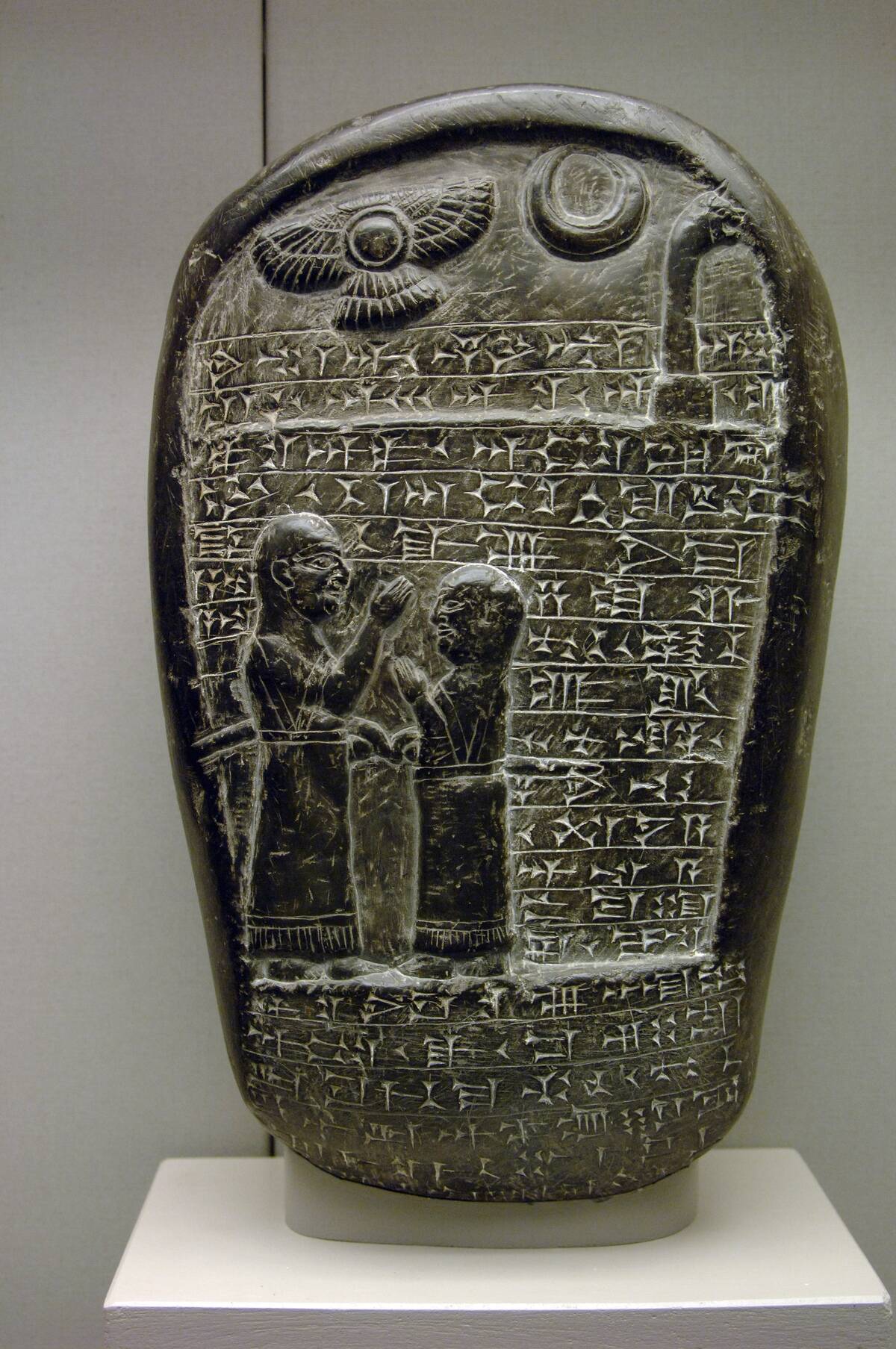
Astrology played a significant role in Babylonian astronomy, as the Babylonians believed celestial events were divine messages. Priests interpreted the positions of stars and planets to predict earthly occurrences, from political changes to personal fortunes.
This practice was deeply ingrained in their culture, influencing decisions at both individual and state levels, and showcasing their blend of science and spirituality.
Star Catalogs: Babylon’s Contribution to Star Mapping

The Babylonians were pioneers in creating star catalogs, which meticulously recorded the positions and movements of stars. These catalogs were some of the earliest attempts to map the night sky systematically.
They included information on constellations and individual stars, laying the groundwork for future astronomical studies. This systematic approach demonstrated their commitment to understanding the cosmos in detail.
Babylonian Lunar Calendars: Tracking Time by the Moon
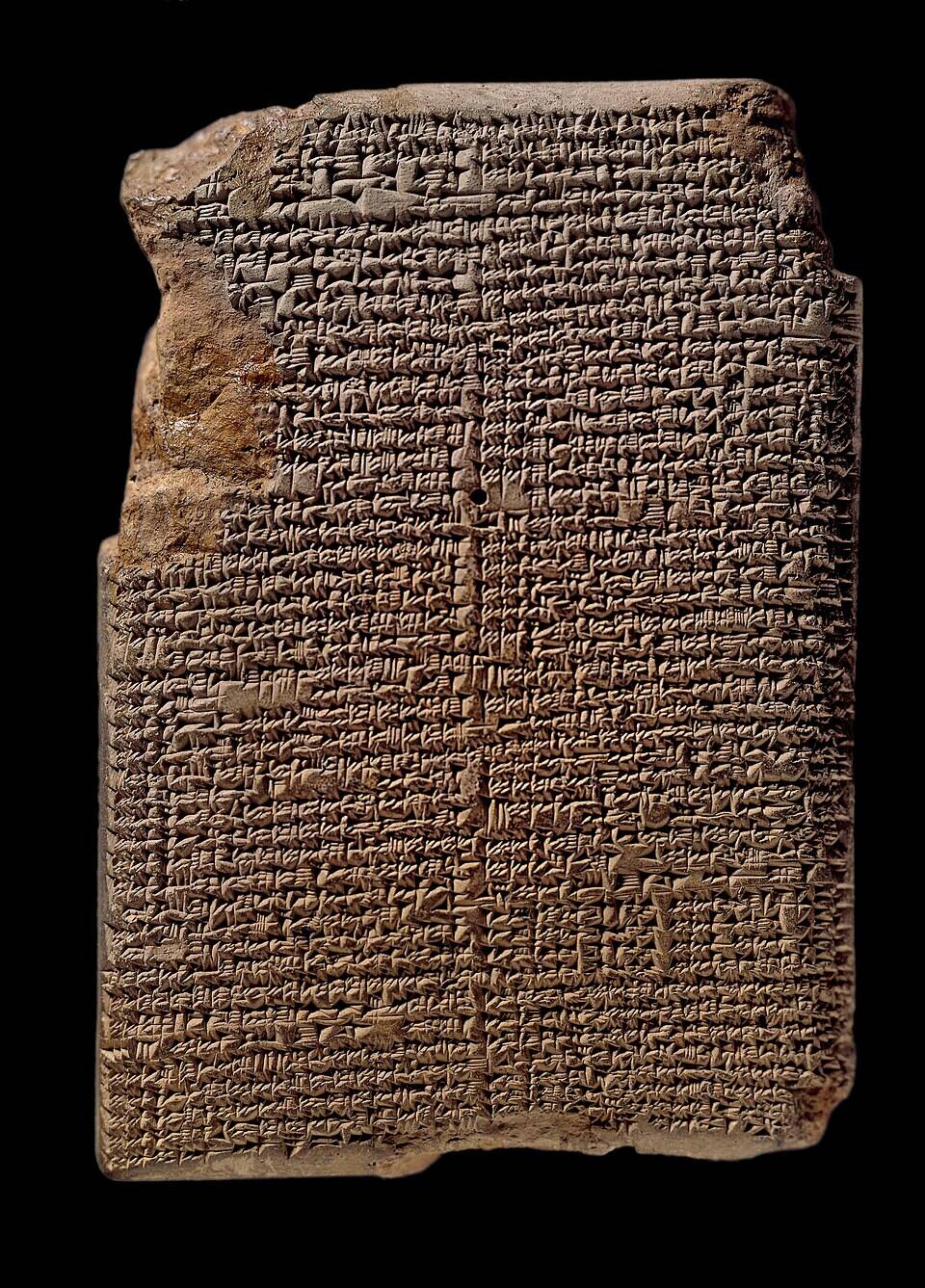
Using the moon as their guide, the Babylonians developed sophisticated lunisolar calendars. These calendars were essential for planning agricultural activities and religious festivals.
By observing the moon’s phases, they divided the year into months, adjusting periodically to align with the solar year. This meticulous timekeeping reflects their reliance on celestial cycles to structure daily life.
Eclipses and Omens: Babylonian Predictions of Celestial Events

Eclipses were seen as powerful but grim omens by the Babylonians, who tracked these events with great interest. They developed methods to predict lunar and solar eclipses, viewing them as messages from the gods.
These predictions were used to advise kings and influence political decisions, illustrating the blend of astronomy and astrology in their interpretations of the cosmos.
The Enuma Anu Enlil: A Babylonian Astronomical Text
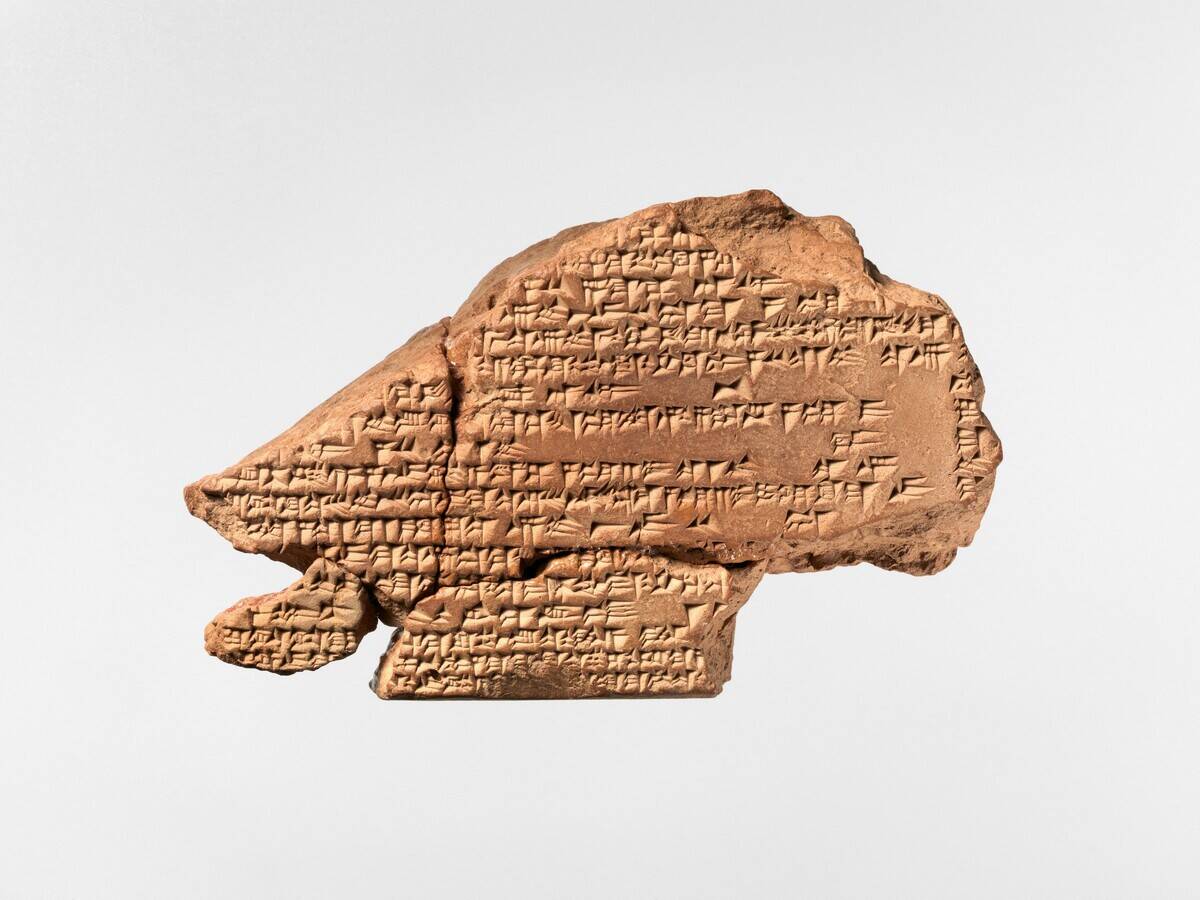
The Enuma Anu Enlil is one of the most significant Babylonian texts, comprising up to 70 tablets detailing astronomical phenomena. This compilation includes observations of lunar and solar movements, eclipses, and celestial omens.
The text served as both a scientific and divinatory guide, reflecting the Babylonians’ dual approach to understanding and interpreting the heavens.
Mathematics Meets Astronomy: Babylonian Calculations

Babylonian astronomers were adept at mathematical calculations, which they used to predict celestial events. They developed complex algorithms for tracking planetary movements and calculating eclipse cycles.
Their use of a base-60 number system facilitated precise astronomical measurements and laid the groundwork for future advances in both mathematics and astronomy.
The Influence of Babylonian Astronomy on Neighboring Cultures
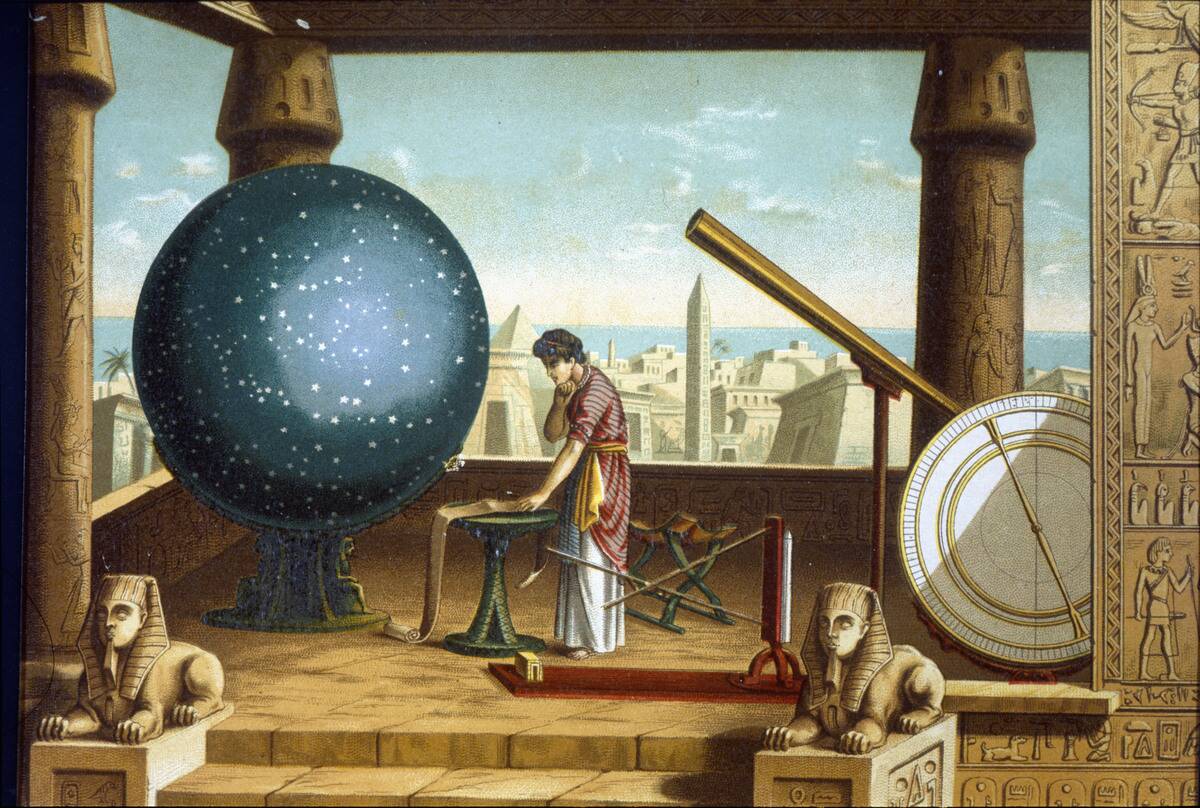
The astronomical knowledge of Babylon spread beyond its borders, influencing neighboring cultures like the Greeks and Persians. Their star catalogs and predictive techniques were incorporated into other astronomical traditions, showcasing Babylon’s role as a central hub of ancient learning.
This cross-cultural exchange enriched the broader field of astronomy and helped preserve Babylonian insights for future generations.
The Babylonian Zodiac: An Ancient Star Chart

The Babylonian zodiac was an innovative system that divided the sky into sections, each associated with specific constellations. This star chart was used to track the movements of celestial bodies and interpret their influence.
The Babylonian zodiac laid the foundation for the zodiac systems used in later cultures, including the well-known Greek zodiac, illustrating their lasting impact on astronomical traditions.
The Legacy of Babylonian Astronomical Practices
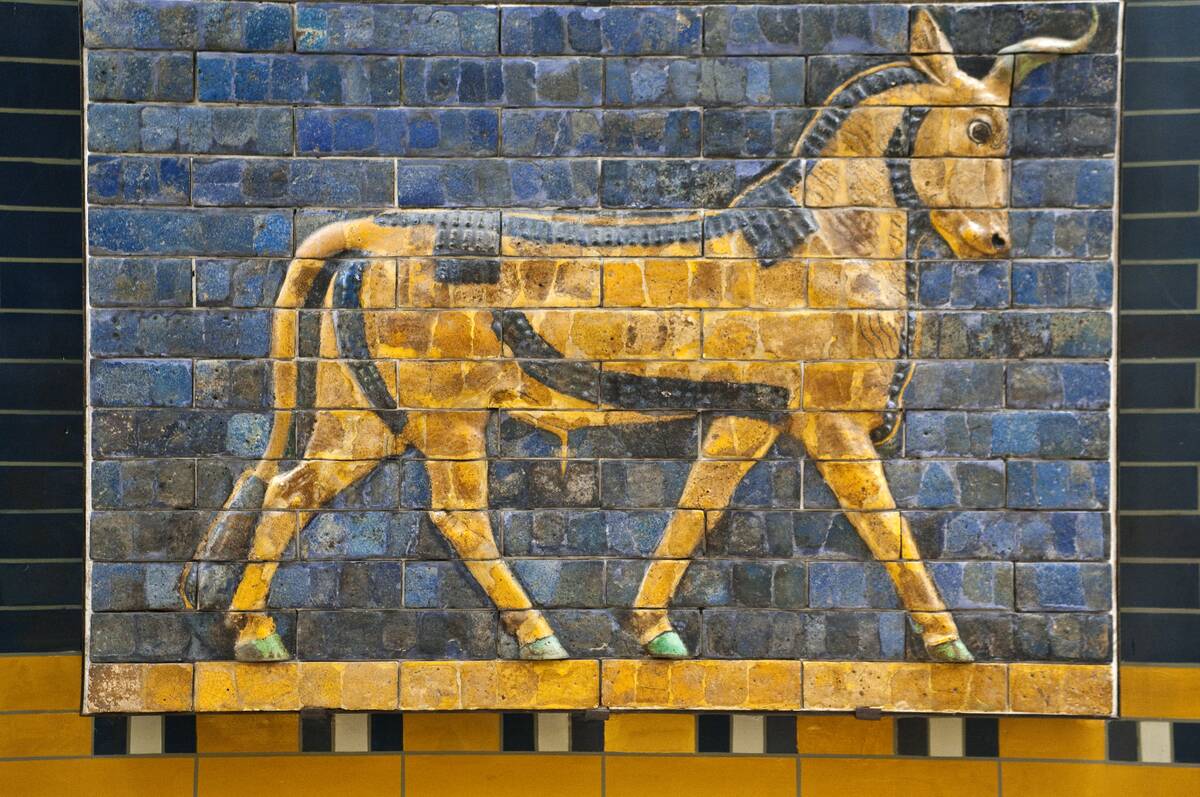
The legacy of Babylonian astronomy is evident in its enduring influence on subsequent cultures and scientific advancements. Their meticulous observations, predictive models, and integration of astronomy with mathematics and astrology set a precedent for future scholars.
The Babylonian approach to studying the heavens remains a testament to their ingenuity and curiosity, echoing through the ages as a foundation for modern astronomy.




